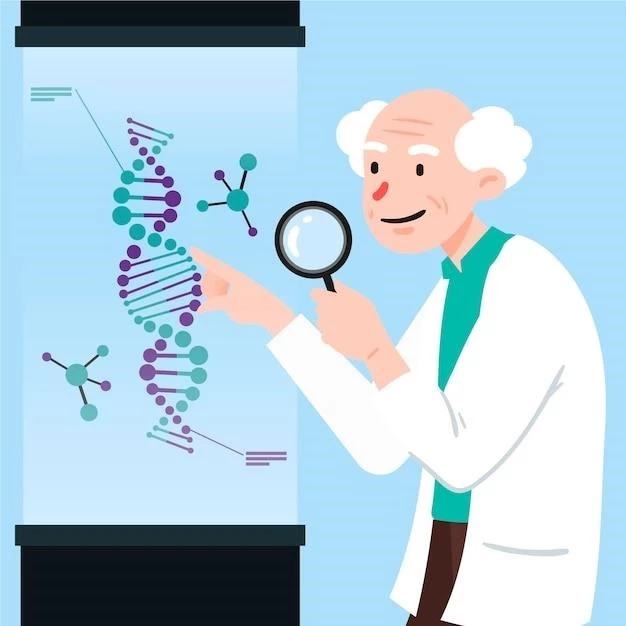Introduction to Rambam Hasharon Syndrome
The Rambam Hasharon Syndrome, also known as RHS, is a rare genetic disorder that presents with unique clinical characteristics and genetic intricacies. Through extensive research, experts have delved into its origins and manifestations, shedding light on this complex syndrome.
The Rambam Hasharon Syndrome, abbreviated as RHS, is a rare autosomal recessive genetic disorder characterized by distinct clinical features, including psychomotor retardation, short stature, defective neutrophil motility, and the Bombay phenotype. It is associated with consanguineous matings and unique facial characteristics, microcephaly, cortical atrophy, seizures, hypotonia, and recurrent infections. Research suggests a link to neutrophil motility abnormalities and the Bombay phenotype. The syndrome is named after the region in Israel where it was first identified.
Genetic Basis of Rambam Hasharon Syndrome
The Rambam Hasharon Syndrome is a rare autosomal recessive disorder linked to mutations affecting fucose metabolism, resulting in a range of clinical features.
Autosomal Recessive Inheritance and Consanguinity
Rambam Hasharon Syndrome is primarily associated with autosomal recessive inheritance patterns, often observed in consanguineous matings. The syndrome’s genetic basis involves mutations affecting fucose metabolism, resulting in a unique clinical presentation.
Overview of Rambam Hasharon Syndrome
Rambam Hasharon Syndrome (RHS) is a rare genetic disorder associated with distinct clinical features such as psychomotor retardation, short stature, defective neutrophil motility, and the Bombay phenotype. This autosomal recessive condition presents unique challenges and complexities related to its diagnosis and treatment.
Common Symptoms and Characteristics
Individuals with Rambam Hasharon Syndrome commonly present with psychomotor retardation, short stature, defective neutrophil motility, and the unique Bombay phenotype. Clinical manifestations often include microcephaly, cortical atrophy, seizures, hypotonia, and recurrent infections, emphasizing the diverse nature of this genetic disorder.
Diagnosis and Prenatal Screening
The prenatal diagnosis of Rambam-Hasharon Syndrome involves genetic testing and thorough evaluation of characteristic clinical features for accurate identification and potential screening during pregnancy.
Prenatal Diagnosis and Genetic Testing
Diagnosing Rambam-Hasharon Syndrome prenatally involves a comprehensive approach that includes genetic testing to identify mutations affecting fucose metabolism. Understanding the distinctive clinical features allows for accurate prenatal screening and diagnosis, providing crucial insights into managing this complex genetic disorder.

Management and Treatment Approaches
Supportive Care and Therapeutic Interventions
Management of Rambam Hasharon Syndrome involves a multidisciplinary approach focusing on supportive care tailored to address the diverse clinical manifestations. Therapeutic interventions aim to alleviate specific symptoms and enhance the quality of life for individuals with this complex genetic disorder.

Research and Recent Advances
The research on Rambam-Hasharon Syndrome has unveiled significant insights into its genetic underpinnings, clinical manifestations, and potential treatments, reflecting the ongoing advancements in the understanding and management of this complex genetic disorder.
Studies on Neutrophil Motility and Bombay Phenotype
Studies on individuals with Rambam-Hasharon Syndrome have highlighted significant issues related to neutrophil motility, the Bombay phenotype, and the potential genetic linkages underlying these manifestations. The identification of unique mutations contributing to neutrophil dysfunction and rare blood group characteristics has furthered the understanding of this complex syndrome.
Associated Disorders and Differential Diagnoses
The Rambam Hasharon Syndrome has been associated with unique facial features, severe mental retardation, microcephaly, infections, and neutrophil motility issues. It shares similarities with leukocyte adhesion deficiency and challenges differential diagnosis due to its complex presentation.
Relationship to Leukocyte Adhesion Deficiency and Other Syndromes
Rambam Hasharon Syndrome shares similarities with leukocyte adhesion deficiency, particularly in terms of the neutrophil motility issues observed in affected individuals. The relationship to other syndromes highlights the complexity of genetic disorders and the challenges in accurate diagnosis and management.
Prognosis and Future Directions
The prognosis for individuals with Rambam-Hasharon Syndrome remains guarded due to the severity of clinical manifestations, emphasizing the need for continued research, innovative treatments, and comprehensive care strategies to improve outcomes for affected individuals in the future.
Outlook for Individuals with Rambam Hasharon Syndrome
Individuals affected by Rambam Hasharon Syndrome face a challenging prognosis due to the multifaceted nature of the disorder. Ongoing research and advancements in treatment strategies offer hope for improved outcomes and enhanced quality of life for individuals diagnosed with this rare genetic syndrome.
